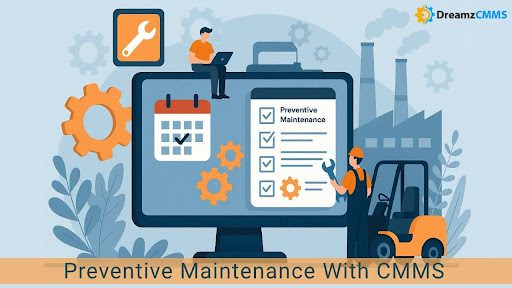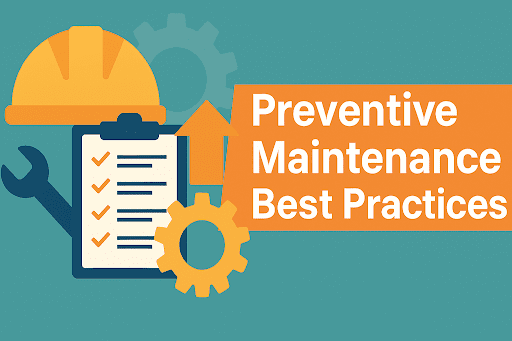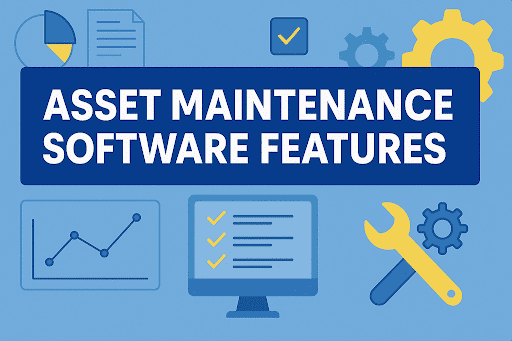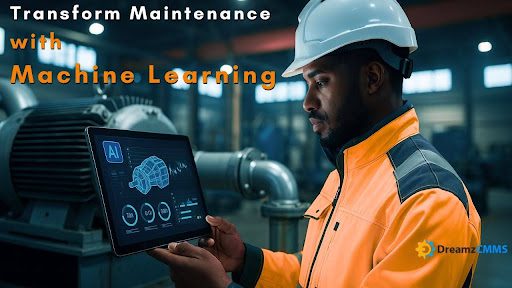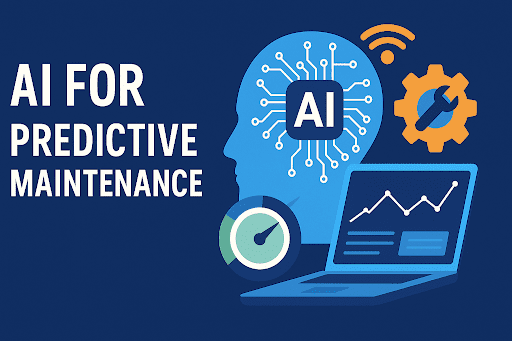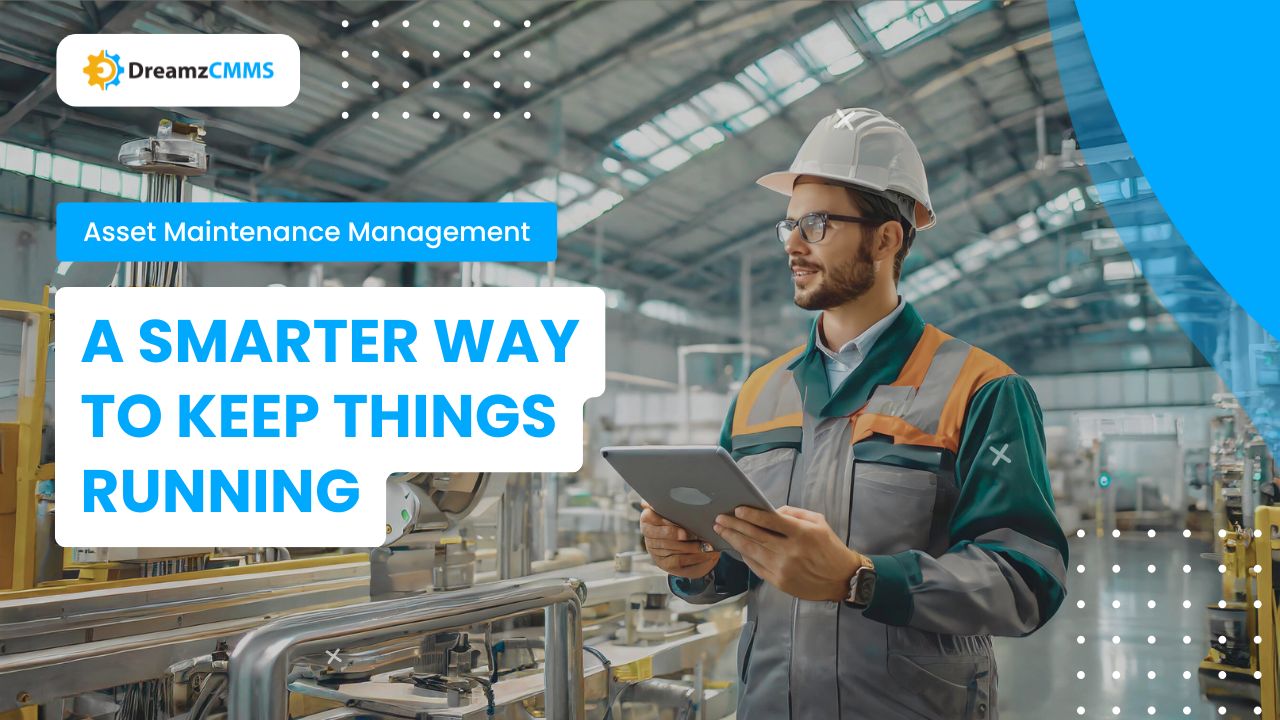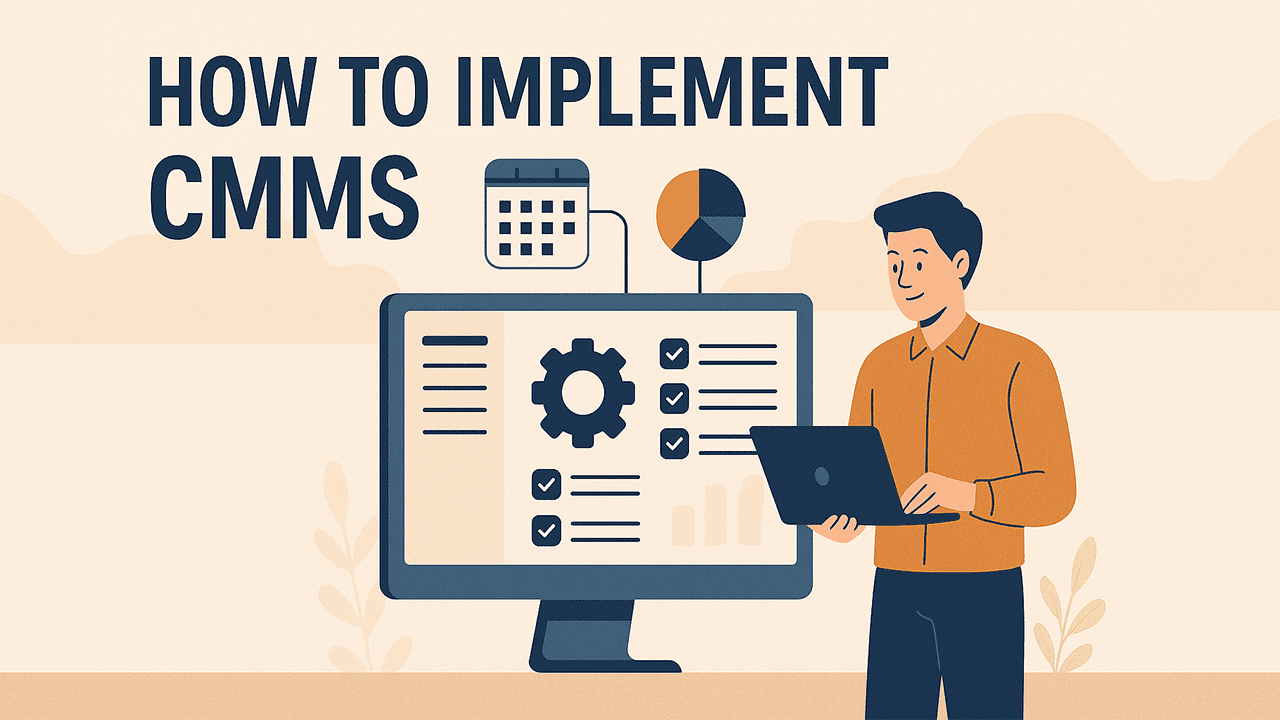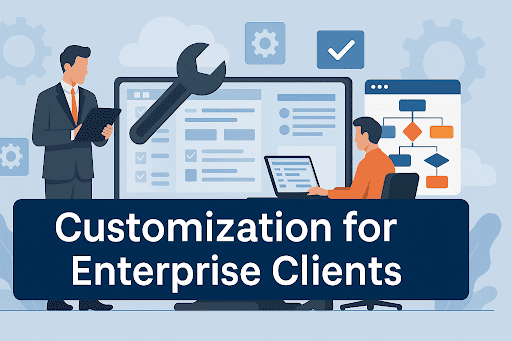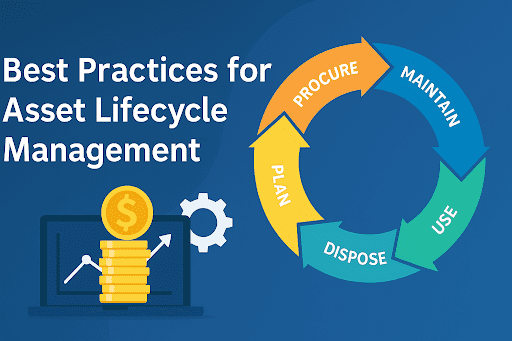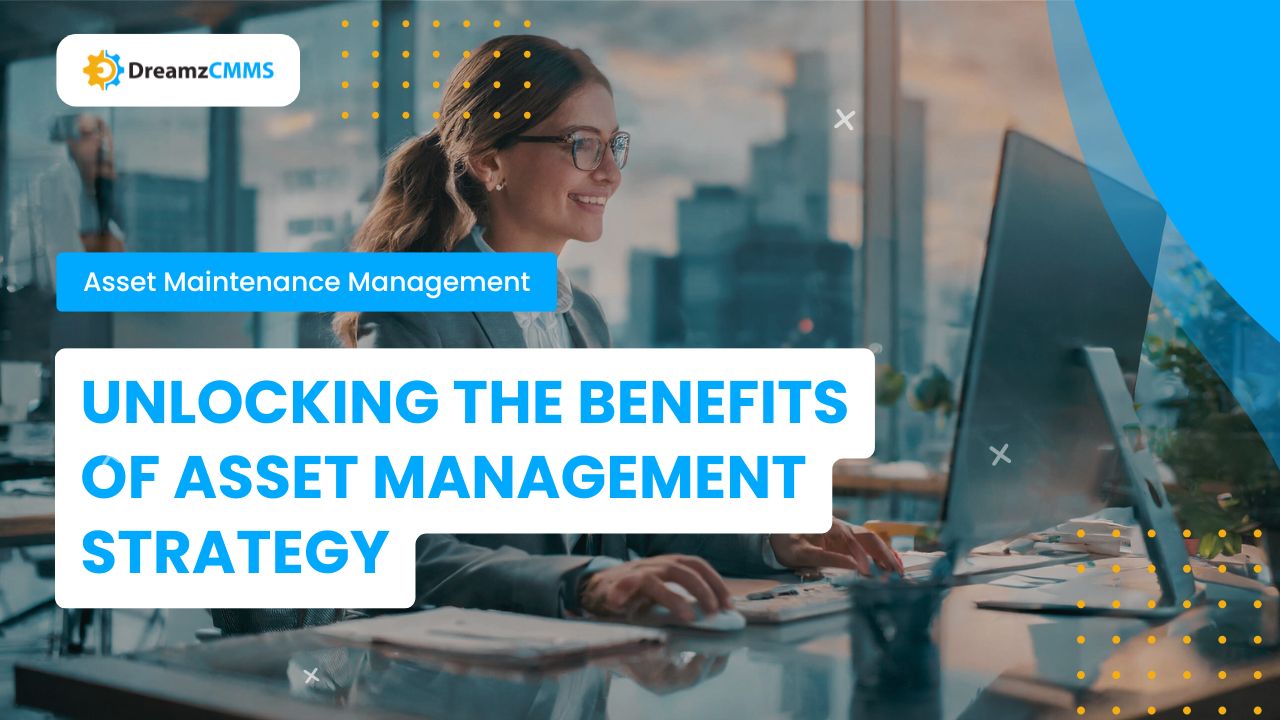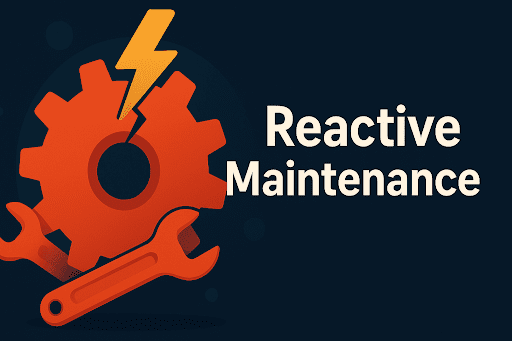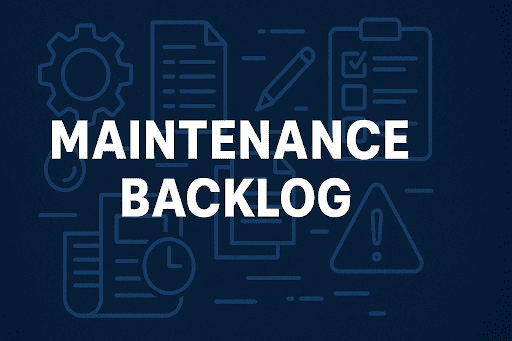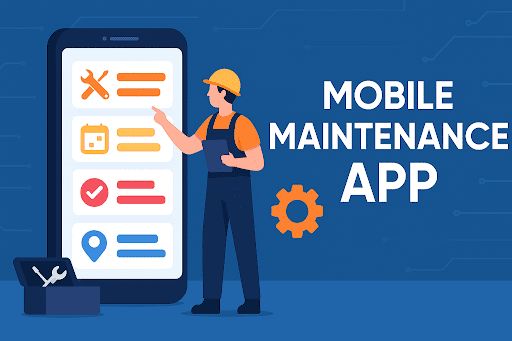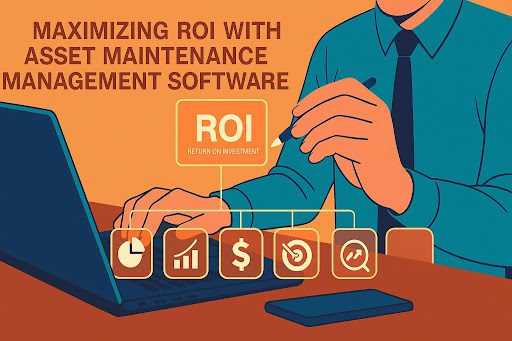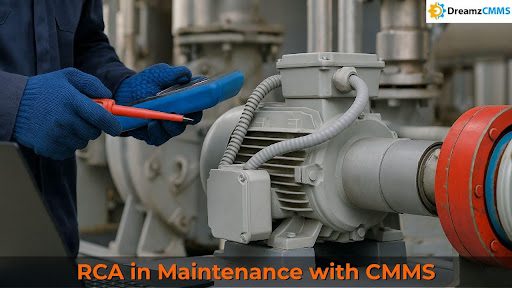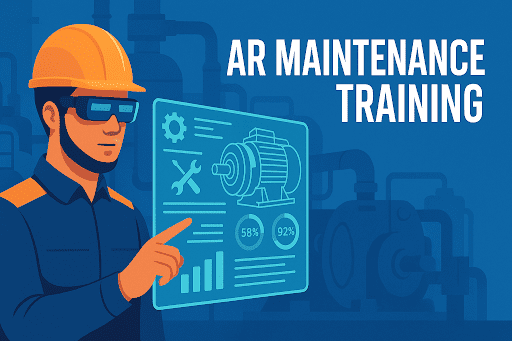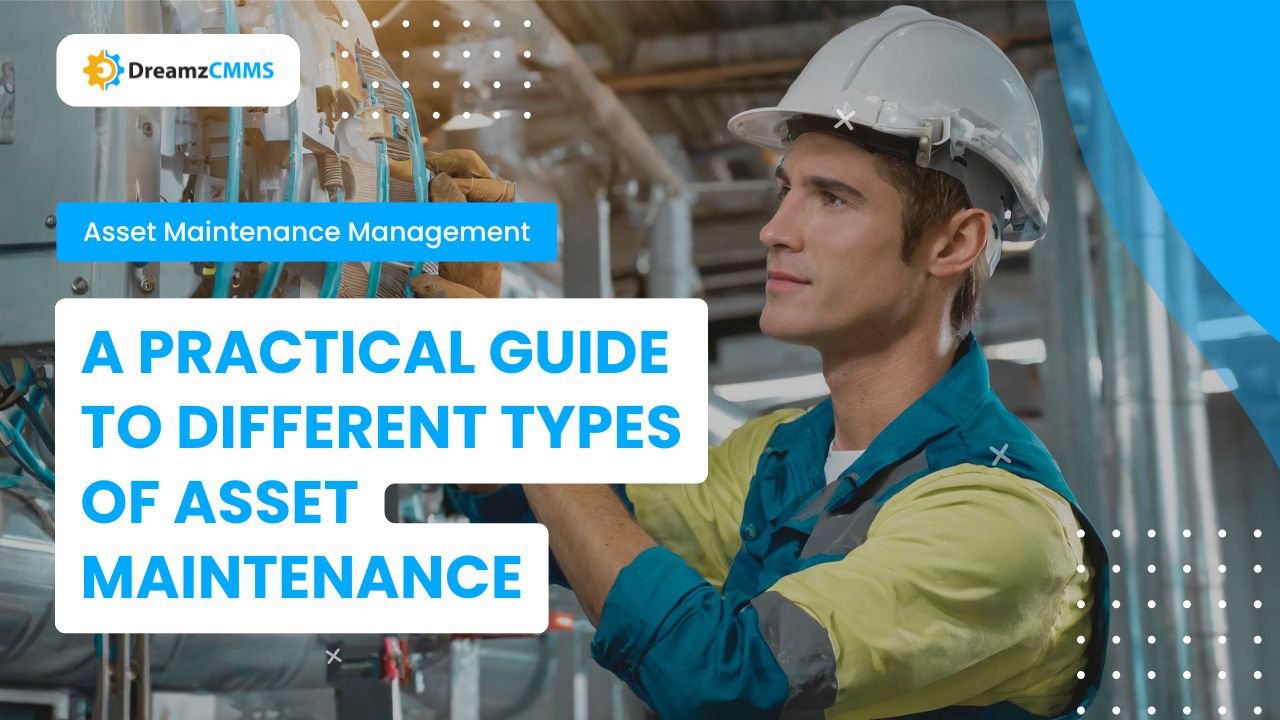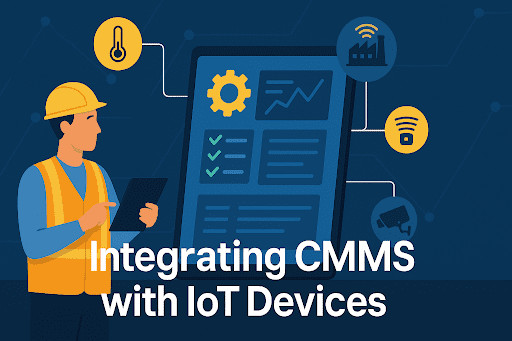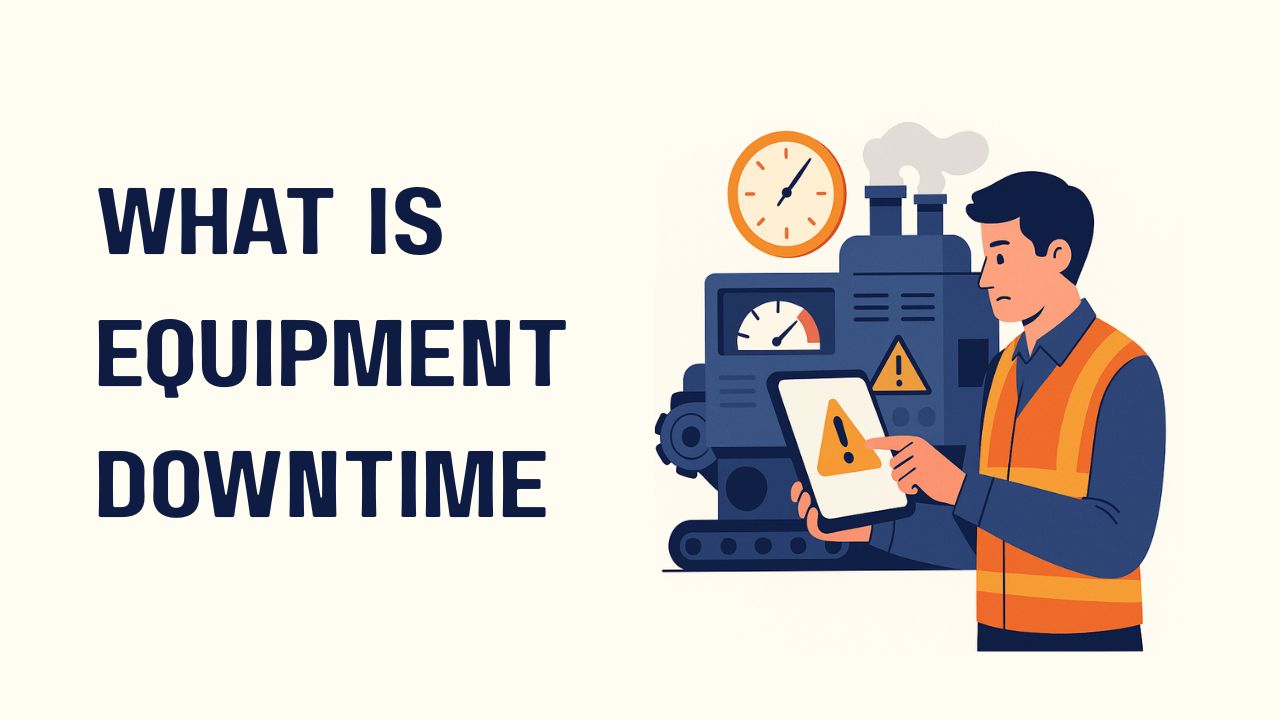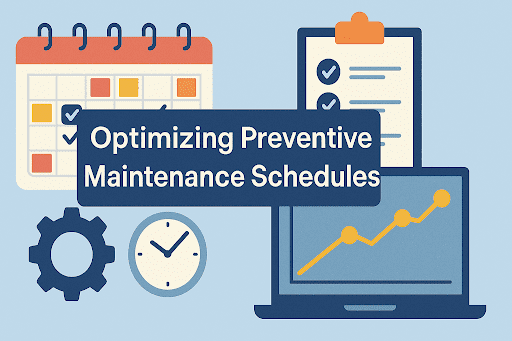 BACK TO Blog
BACK TO Blog
Asset Rental Management
Asset Maintenance
Whether operations run well or costly downtime follows depends on the choice of the right strategy in maintenance management. Two of the most common approaches Preventive Maintenance vs Reactive Maintenance each have their advantages, disadvantages, and specific applications. Studying the Types of Asset Maintenance will enable you to understand other
- May 08, 2025
- DreamzCMMS Team
- 9 minutes read
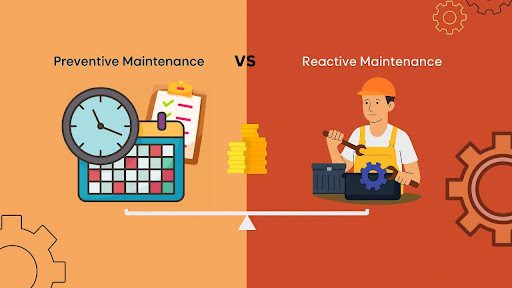
- May 08, 2025
- DreamzCMMS Team
- 9 minutes read
Whether operations run well or costly downtime follows depends on the choice of the right strategy in maintenance management. Two of the most common approaches Preventive Maintenance vs Reactive Maintenance each have their advantages, disadvantages, and specific applications. Studying the Types of Asset Maintenance will enable you to understand other strategies organizations use for equipment maintenance. First, facility managers, operations teams, and business owners aiming to maximize asset performance and reduce long-term costs need to understand the basic differences between these two approaches.
This blog will examine Preventive Maintenance vs Reactive Maintenance in depth, breaking down their fundamental ideas, advantages, drawbacks, and how to select the best fit for your company.
SLooking to streamline your maintenance operations?Discover how Asset Maintenance Management Software can help you implement both preventive and reactive strategies more effectively. |
What Is Preventive Maintenance?
A proactive asset care approach, preventive maintenance (PM) It is a proactive asset care strategy including scheduled, planned maintenance activities—such inspections, part replacements, lubrication, and calibration—to avoid unplanned failures or breakdowns.
Examples of Preventive Maintenance:
- Every three months, change air filters in HVAC systems.
- Vehicle regular oil changes
- Monthly instrument calibration
- Conducting equipment quarterly safety checks
In sectors where the expense of downtime is high or where safety compliance is required, preventive maintenance is particularly vital. Facilities with industrial machinery, transportation vehicles, or medical equipment cannot afford erratic failures.
Preventive maintenance in energy-intensive sectors can also result in notable energy savings. Well-kept machinery runs more efficiently, therefore lowering environmental effect and energy use. This not only helps to achieve sustainability objectives but also cuts running expenses.
Moreover, predictive analytics—sometimes included into current CMMS systems—improves preventive maintenance by means of real-time sensor data identification of failure patterns. Preventive strategy evolution helps companies shift from calendar-based scheduling to condition-based maintenance.
Companies that use preventive maintenance policies also promote a culture of responsibility and hard work. Working with well-maintained tools helps technicians to be more involved, which results in a safer and more efficient workplace.
What Is Reactive Maintenance?
Often referred to as a Reactive Maintenance Strategy, reactive maintenance is the practice of carrying out maintenance activities only following a failure. Unplanned and reactive to equipment failures, it happens.
Operations with limited resource availability or for non-critical assets where downtime has little operational effect often use this approach. It does, however, present major difficulties including more reactive maintenance costs, emergency downtime, and labor uncertainty.
Reactive Maintenance Examples:
- Repairing a stalled conveyor belt
- Changing a blown motor in a manufacturing line
- Calling a technician just once equipment ceases to function
Although reactive maintenance calls for less initial planning, the long-term effects of continuous failures can be significant. Especially if they happen during peak production periods or need fast parts and labor, emergency repairs can be far more expensive.
Reactive tactics may also have a ripple effect. One broken part could stress or harm linked systems, therefore transforming a small problem into a major operational disturbance. A culture of continuous firefighting can lead to low morale, staff burnout, and even consumer unhappiness from uneven service quality over time.
Preventive Maintenance vs Reactive Maintenance:
The main points of difference between these two approaches listed below:
1. Timing
When scheduled in advance, Preventive Maintenance is proactive. Reactive Maintenance is reactive and happens only post-failure.
2. Management of Downtime
Built-in Downtime Reduction Techniques that reduce disturbances by means of consistent maintenance are part of preventive strategies. Reactive strategies can sometimes result in unplanned, protracted downtimes.
3. Financial Consequences
Preventive care calls for regular expenditure but lowers crises and prolongs equipment life—important components of Long-Term Asset Care. Reactive Maintenance costs include unplanned labor, rush orders, production losses, and increased asset replacement rates.
4. Lifespan and Asset Performance
Scheduled Maintenance Systems support best performance and asset lifetime. Reactive maintenance can sometimes lead to faster wear and tear.
5. Compliance and Safety
Preventive maintenance keeps equipment in line with compliance criteria and lowers the possibility of safety infractions.
6. Predictability and Planning
Scheduled downtime and improved forecasting are made possible by preventive maintenance. Reactive maintenance is erratic and throws off planning cycles.
Benefits of Preventive Maintenance
Adopting Preventive Maintenance Planning offers a range of long-term benefits:
1. Increased Reliability and Efficiency
Regular maintenance guarantees dependable and efficient equipment performance, therefore facilitating operations.
2. Reduced Costs Over Time
Although the first investment is greater, preventive measures reduce total costs by reducing unplanned interventions—one of the main Downtime Reduction Techniques.
3. Improved Safety
Preventive practices improve workplace safety by helping to find defective components or possible hazards.
4. Improved Resource Allocation and Scheduling
Work orders are handled predictably; tools like Field Service Management Software help to optimize technician time by simplifying task coordination and workforce dispatching.
5. Support for Long-Term Asset Care
Long-term asset care starts with preventive maintenance, which safeguards investments and boosts return on investment.
6. Improved Regulatory Compliance
A preventive strategy helps industries with rigorous compliance standards, such as pharmaceuticals and aerospace, especially much.
7. Data-Driven Decision Making
Integration with Maintenance Management Software allows data gathering and reporting for continuous enhancements.
8. Reputation and Brand Protection
Reducing failures helps to preserve brand integrity and customer experiences, which are especially important in service-oriented sectors.
Drawbacks of Preventive Maintenance
Although helpful, preventive tactics call for:
- More planning and tool or system investment
- Data not being properly used increases the risk of pointless activities.
- Relying on Maintenance Management Software data to maximize performance
Too conservative schedules might cause over-maintenance as well, which would waste resources.
Managing change presents another possible difficulty. Changing an organization's attitude from reactive to preventive calls for education, supervision, and strong leadership to implement the new policies and guarantee long-term success.
Advantages of Reactive Maintenance
Sometimes, certain use cases call for a reactive maintenance strategy.
1. Reduced Initial Setup Cost
Initially, there is no need for complicated planning or system integrations.
2. Easier Method
For smaller teams, workflow is simplified by doing tasks only as required.
3. Appropriate for Non-Essential Assets
Running an asset to failure could be more affordable if it does not materially affect operations.
4. Concentrate on Immediate Priorities
Reactive maintenance lets companies allocate money to more vital business needs when budgets are tight.
5. Low Training Needs
Getting started is simpler since technicians might not require thorough predictive abilities or software training.
Disadvantages of Reactive Maintenance
Cost of reactive maintenance can be significant because of:
- Unplanned repairs and unexpected failures
- Time lost in production
- Parts' emergency acquisition
- Greater danger to people and infrastructure
Constant emergency response by the team might also cause employee burnout and morale issues. A purely reactive approach can, over time, cause asset obsolescence, particularly if equipment was built to withstand more frequent failures.
Choosing Between Preventive Maintenance vs Reactive Maintenance
Here’s how to determine the best fit:
1. Criticality of Equipment
Use Preventive Maintenance Planning for high-value or safety-critical equipment.
2. Budget and Operational Goals
If your focus is Long-Term Asset Care, preventive maintenance is the most sustainable option.
3. Resource Availability
Startups or small businesses with tight budgets may adopt reactive methods initially.
4. Failure Impact
If failure results in downtime, compliance risks, or safety issues, a proactive approach is essential.
5. Technological Capability
Those equipped with Maintenance Management Software and CMMS can implement preventive strategies more effectively.
6. Scalability and Business Growth
As companies grow, preventive maintenance gets more and more crucial since it calls for uniform procedures and data transparency.
Asset Rental Management Software can greatly help industries depending on rented equipment by guaranteeing prompt servicing, lowering failures, and monitoring maintenance history across many sites.
The Role of Maintenance Management Software
Modern maintenance management systems let companies centralize their operations. These systems help:
- Preventive task scheduling
- Handling reactive emergency repairs
- Documenting asset past
- Monitoring component prices and labor
- Examining performance patterns for data-driven choices
These systems offer a backbone for a balanced CMMS Maintenance Strategy by automating both reactive and preventive tasks.
How CMMS Helps Two Approaches
A robust Computerized Maintenance Management System (CMMS) is essential for organizations transitioning toward more efficient maintenance workflows.
For Preventive Maintenance:
- Creates and runs schedules
- Uses consumption data to help predictive triggers.
- Controls spare part stocks
- Establishes uniformity in inspection checklists
For Reactive Maintenance:
- Accelerates work order generation in crisis.
- Records failure reasons and downtime length
- Analyzes costs for each maintenance activity
These roles taken together help strategic decision-making and help to implement efficient Equipment Failure Prevention and Downtime Reduction Techniques. To get a thorough picture of best practices and tools, see this thorough Asset Maintenance Management Guide.
Real-World Impact: From Reactive to Proactive
Imagine a factory that traditionally relied on a Reactive Maintenance Strategy. Constant failures resulted in consumer complaints and rising repair expenses.
Modernizing maintenance activities is the first stage of digital transformation. Companies that use CMMS systems find hidden inefficiencies that help their teams to improve decisions, reduce costs, and increase performance. RFID Asset Tracking Software expands on these initiatives by offering automated asset management features and real-time visibility.
Investing in a CMMS and creating a Scheduled Maintenance System helped the business to: 60% less machine-related downtime
- Reduced machine-related downtime by 60%
- Cut overall maintenance costs by 35%
- Extended average equipment life by over 20%
This achievement underlines how changing from reactive strategies to organized Preventive Maintenance Planning may change corporate results.
By moving to preventive models stressing proactive care, visibility, and control, other industries including transportation, utilities, and hospitality have experienced comparable success.
Maintenance modernization usually starts digital transformation initiatives. Companies using CMMS systems often find undiscovered inefficiencies that enable teams to make better choices, cut expenses, and improve performance.
Conclusion
Comprehending Companies trying to increase operational efficiency, prolong equipment life, and lower maintenance costs must first grasp Preventive Maintenance vs Reactive Maintenance.
Although reactive maintenance might be simpler to carry out at first, the Cost of Reactive Maintenance usually exceeds its short-term savings. Achieving sustained performance and reliability is best done by preventive methods backed by Maintenance Management Software and smart CMMS Maintenance Strategy. Achieving continuous performance and dependability is best done by preventive methods backed by Facility Management Software and smart CMMS Maintenance Strategy.
A hybrid strategy using Scheduled Maintenance Systems for vital assets and a reactive approach for non-essential equipment—may be the best way forward.
Prepared to improve asset performance and cut downtime? Investigate CMMS systems enabling you to create a robust maintenance ecosystem oriented on Equipment Failure Prevention, Downtime Reduction Strategies, and Long-Term Asset Care.
Ready To Reduce Downtime And Enhance Asset Performance?
Explore CMMS platforms that help you build a resilient maintenance ecosystem focused on Equipment Failure Prevention, Downtime Reduction Techniques, and Long-Term Asset Care.
| Take the next step in your maintenance journey explore DreamzCMMS Asset Maintenance Management Software to optimize performance, boost uptime, and control costs. Want to see it in action? Book a Free Demo today and experience the benefits firsthand. |
Ready for More?
Talk to one of our CMMS experts and see how DreamzCMMS can simplify your maintenance operations.
Book a free consultation